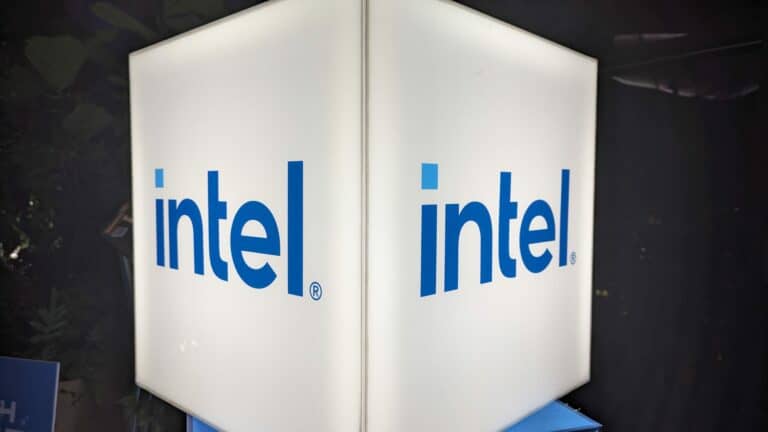Update – The US government is considering using the Chips Act funding to finance its Intel stake, Bloomberg reports, citing sources.
The discussions are reportedly focused on using Chips Act funding to at least partially finance an equity stake in Intel. According to the sources, the discussions are still in their early stages. Other options are also being considered. It is unclear whether the approach will involve converting some or all of Intel’s existing Chips Act grants into equity, allocating new funding from a broader pool, or combining Chips Act funds with other funding streams.
The US government under President Donald Trump is in talks with Intel about a possible state stake in the company.
This was reported by Bloomberg. Sources close to the negotiations say that the investment is primarily intended to speed up the construction of Intel’s mega campus in Ohio. This project, which was announced in 2022 as the future top location for chip production, has suffered several delays and is now only planned for the 2030s. In July, Intel even announced that the implementation would be further delayed.
The timing of the talks is striking. Last week, Trump publicly called for the departure of CEO Lip-Bu Tan because of his previous ties to Chinese chip companies. This week, the two met at the White House. According to insiders, the plan for a state stake stems from that meeting. There is still no clarity about the size of the stake, and the talks are said to be at an early stage.
The news led to a strong reaction on the stock market. Intel rose nearly nine percent intraday and ultimately closed 7.4 percent higher at $23.86, giving the company a market value of over $104 billion. After trading hours, the share price rose another four percent.
The White House responded cautiously, stating that concrete deals could only be discussed once an official announcement had been made. Intel emphasized in a statement its close cooperation with the government to strengthen the US’s technological and industrial lead, but did not comment on the content of the talks.
Government supports tech companies
A state stake would provide Intel with additional capital at a time when the company is cutting costs and jobs while investing heavily in new production capacity. It would also mean that Tan would remain CEO. The move would fit into a broader trend of the US government intervening directly in strategic tech sectors. Earlier, the Trump administration was allocated 15% of certain chip sales to China and acquired a golden share in United States Steel to steer the sale to a Japanese buyer.
The Pentagon also recently intervened actively in the market by taking a $400 million preferred stake in MP Materials, a producer of rare earth metals. According to analysts, this shows that Washington is willing to go to great lengths to secure US technology and raw material chains.
Intel has been struggling for years with market share losses and technological lag behind competitors such as TSMC. The Ohio campus is intended to change this and is designed for production using the new 14A process, possibly the first Intel process to use High-NA EUV machines. These lithography systems, with a price tag of $400 million each, can etch transistors even more finely than the current generation of equipment.
The project is part of a larger strategy to revive the foundry division. In addition to Ohio, Intel is building $32 billion worth of new factories in Arizona, but major customers for the foundry division are still lacking. Although the company received billions in subsidies through the Chips and Science Act, that program is now under review by the Trump administration. There was even a proposal to have TSMC run Intel’s factories in a joint venture, but TSMC CEO C.C. Wei rejected it.
